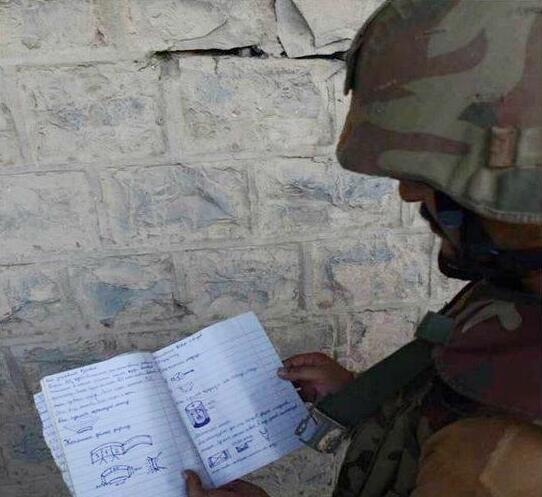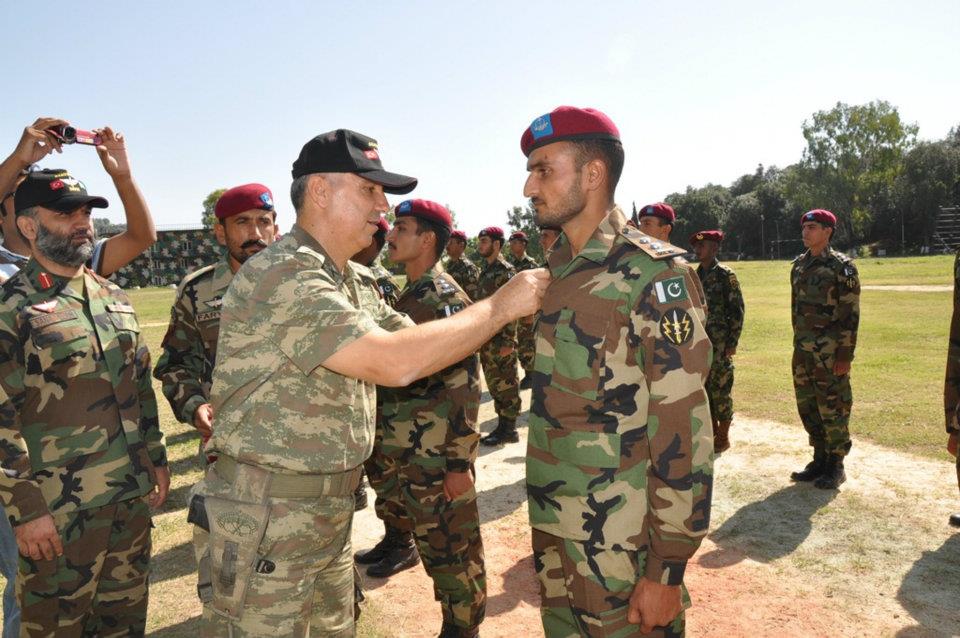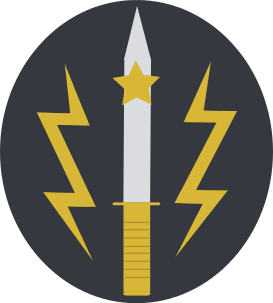Rajput_Pakistani
FULL MEMBER

- Joined
- Oct 1, 2012
- Messages
- 1,149
- Reaction score
- 7
- Country
- Location
I can bet that the Journalists who have written this article have never been to Pakistan nor FATA. They have just cherry picked information from some blogs or wikipedia and wrote this article.Asia Pacific
A Long History of Rebellion in the Mountains of Pakistan
By DOUGLAS SCHORZMAN and KIRAN NAZISHJUNE 30, 2014
Inside The North Waziristan tribal agency in northwestern Pakistan has been the focus of a lot of firepower: The C.I.A. has made it ground zero for its drone strike campaign, the Pakistani military has sporadically unleashed raids and barrages there, and now it has been stormed by Pakistani infantry forces trying to clear out entrenched militant groups.
But long before Al Qaeda and the Taliban found shelter in the forbidding mountains of the tribal region, Waziristan was a wellspring of guerrilla insurgency and resistance to whatever power had tried to bring it in line. The Pashtun tribes of Waziristan have never been truly conquered, and courting them as allies has almost always ended up backfiring on whoever has tried — ask the British, Pakistanis, Afghans and, for that matter, the Americans.
Continue reading the main story
Related Coverage
From the mid-19th century until their departure in 1947, British forces fought Pashtun rebels in Waziristan at huge losses of life to both sides. Then, as now, the tribesmen knew the mountains and treacherous pathways better, and were never completely jarred loose, even by the 20th-century dawn of airstrikes, delivered by British biplanes.

Tribal
Areas
AFGHANISTAN
Area
of Detail
Khost
PAKISTAN
Mir Ali
Miram Shah
Bannu
Afghanistan
North
Waziristan
Pakistan
Paktika
Wana
South
Waziristan
Khyber-Pakhtunkhwa
Dera Ismail Khan
10 MILES
In the strategic maneuvering of “The Great Game,” the British imposed the Durand Line border with Afghanistan in 1893, and in the process divided the Pashtun population. To this day, that border is an irritant to governments and a fiction to inhabitants.
In the decades after, Pashtun fighters waged a new jihad that spanned governments: first against the declining British Empire, then against the Pakistani government founded in the partition of 1947. One of their goals was an autonomous Pashtunistan, spanning the Durand Line, and at times they were aided covertly by the Afghan government.
Even as the fledgling Pakistani government fought the Pashtuns, they also sought to employ them, paying tribal fighters to deploy against India. That effort reached new heights in the 1980s, after the Soviet invasion next door in Afghanistan.
Continue reading the main story
OPEN Map
Map: Pakistan’s Hot Spots at a Glance
Suddenly, Pashtun jihadis were the allies of choice for Pakistani, Saudi and American officials who were trying to bloody the Soviets, and Waziristan — rugged, impregnable, close to the border — was the perfect training ground for them. Money and arms, and thousands of volunteers from the Arab world, flowed into North and South Waziristan under the watch of the Pakistani military spy agency, Inter-Services Intelligence, and with the blessing of the United States.
The relationships and expertise forged in the fight against the Soviets became the foundation for new militant movements after the American invasion of Afghanistan in 2001, this time in the Taliban insurgencies in Afghanistan and Pakistan, and in the global terrorism campaign directed from the tribal areas by Al Qaeda against the United States and Western world.
The Pakistani military struck a tenuous peace deal with the Waziristan-based factions a few years later, but as it fell apart, many of the army’s former allies among the militants turned against it and the Pakistani government. Crackdowns on the tribal areas intensified, and a military offensive in South Waziristan and other areas of the northwestern frontier was waged in 2009. The assault sent hundreds of thousands of people fleeing, including militant commanders, who moved north to join their comrades in the even more rugged terrain of North Waziristan.
Since then, drone strikes have cut into the militants’ leadership ranks. But for the most part, the militant groups sheltering in the mountains of North Waziristan were able to kill or force out resistant tribal leaders, share resources and grow stronger together for years. “There is no militant group in the world that you won’t find here,” one tribal leader said in a telephone interview. “From Uzbeks, to Chechen, to Chinese and Turkish militants, everyone is free in N.W.”
Now, the Pakistani military has marched into Miram Shah and Mir Ali, the main towns in North Waziristan. Again, a huge wave of refugees has been created, with many crossing the gossamer border into Afghanistan, where the political process is struggling and the American military is withdrawing. With those refugees, many officials say, are again a number of militant commanders and fighters.
Mostly bullshit i must say...


















